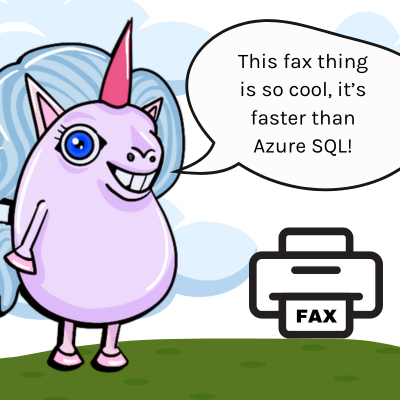All Eyes on the Wrong Problem: How Mitigations Distract from Real Performance Pain
The biggest lesson I’ve learned from helping folks manage data in Azure is this: if you’ve got a truly terrible problem you’d rather people didn’t notice, a great way to hide it is by educating your support staff and users about something bad but not AS terrible— something with a small mitigation—and constantly refocusing them on that.
The user base— and even your own support staff— will think that anyone who talks about the bigger issue just doesn’t understand how to fix the “known” problem.
This is the story of Azure General Purpose storage for Azure SQL Managed Instance and Azure SQL Database.






